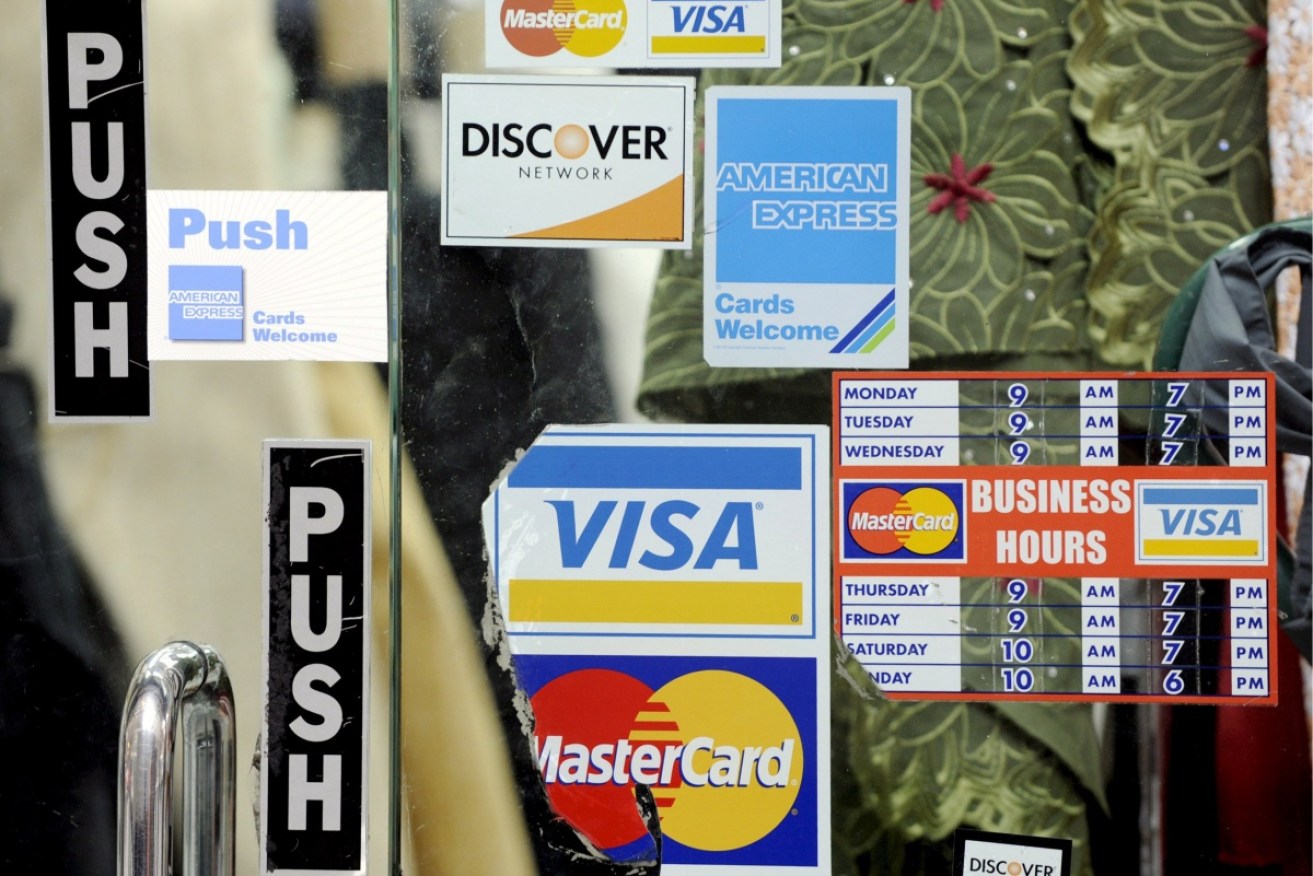Credit card lenders should consider ability to repay


AAP
Credit card lenders should be obliged to consider borrowers’ ability to pay off their debts over a reasonable period when deciding on their credit limits, according to the report of the Senate inquiry into credit cards.
The committee made the recommendation after evidence about people struggling with long-term credit card debt it found “deeply concerning”.
“Too many Australians are ‘revolving’ credit card debt for extended periods of time,” the committee said.
• Not everyone is a winner on zero-rate credit cards
• It’s crunch time for sneaky credit card fees
• Cheap car, but what about the finance?
As a result “they are struggling under the weight of high-interest bearing credit card debt that they have no prospect of repaying in the short-to-medium term”.
The committee consequently rejected evidence from the banks that there is no need to review or refine the responsible lending obligations.
“Card providers should be explicitly required to evaluate credit based on a consumer’s ability to repay their credit limit over a reasonable period, rather than on their ability to meet minimum repayments,” the report says.

Low rates haven’t filtered down to credit cards. Photo: AAP
No definition was given of a “reasonable time” for repayment of debt in the report but the committee said consultation between banks, consumer groups and other interested stakeholders should produce one.
The committee also found that the banks have raised margins on credit cards in a period of falling interest rates. The Federal Treasury told the committee that while the official cash rate had fallen by 2.75 percentage points to current levels of two per cent since late 2011, credit card rates have stayed the same with standard rates sitting at about 20 per cent.
As a result the spread between the cash rate and standard credit card rates is now 18 per cent compared to around 13 per cent prior to the GFC. Low-rate credit cards offer interest rates at around 13 per cent and have also held their rates flat.
TV journalist David Koch told the committee that as a result of this “average Australians are getting fleeced at every step on the credit card journey”.
Many people argued in the inquiry that the growing gap between the cash rate and credit card interest rates could only be explained by the fact providers were taking advantage of consumer inattention to credit card interest rates. The banks rejected that, saying that credit card interest rates were high because of the risks involved in that kind of lending and that Australian rates were similar to this in the US and UK.
However, academic Professor Abbas Valadkhani claimed that the gap between the cash rate and credit card rates was substantially wider in Australia. He claimed if credit card spreads in Australia were like those in the US, Australians would be $840 million better off and if UK spreads prevailed, $2.2 billion better off.
Despite this evidence the committee said it opposed regulation of interest rates saying “the best way to put downward pressure on credit card interest rates is through regulatory and policy interventions designed to improve the competitive dynamics of the market and enhance the ability of consumers to measure and compare the value of products within that market accurately and easily”.

Pray you don’t get a nasty credit card bill after Christmas splurging.
To that end, the committee recommended that credit card providers should be forced to clearly disclose fees and interest rates on both marketing material and card bills. Many consumers were unaware of credit card interest rates, the committee found.
The report says credit card debt totals $51 billion in Australia with the average individual debt more than $4000. Annual interest payments totalled $5.4 billion in 2014 while fees on credit cards totalled $1.4 billion.
Of the total credit card debt, 65 per cent, or $33.1 billion, is accruing interest.
There are about 16 million credit cards on issue in Australia and about 40 per cent of adults have at least one.
Credit card issue spreads way beyond the major banks with at least 83 institutions offering 266 products, according to the Reserve Bank of Australia.
There has been a 47.3 per cent increase in credit card balances in the last 10 years but, overall, consumers seem to be managing debt more effectively.
In the year to May 2015, credit card transactions totalled $293 billion while repayments (excluding interest) totalled $301 billion.









